This morning the main stream media caught up with FRI by reporting how the terrorists who attacked the Afghanistan National Army (ANA) in Mazar-i Sharif got onto the base. They also reported on the relief of the 209th Corps commanding general. To be fair the news report (linked here) contained details I didn’t know so good for them for the original reporting. Here’s one of those details:
When the first fighting broke out, one of the assailants dressed in a special forces uniform rushed into the mosque, the security source said. He herded the panicked recruits to take cover together in a room. “And there he blew himself up,” the source said. Any survivors were gunned down by the remaining militants, he added.

That is a hard attack to defend against. In military terms it was a raid and raids are often easy to pull off because they, by design, target units or people who are not prepared for them. The hard part of any raid isn’t gaining surprise; it’s getting your troops back safely. That problem is mitigated when the assaulting troops have intentions of surviving the attack.
Saying “I told you” is, at this point, a tedious exercise in irrelevance. Nobody really cares and it makes for boring blogging. So, let me tell you something you didn’t know using another current news story.
Last week there was an uplifting story about high school girls in Herat, Afghanistan mastering basic internet skills in a computer lab apparently provided by the Bill and Melinda Gates foundation. The article is titled “In Afghanistan, girls break cyber walls” and was a human interest story designed to showcase progress but really showcased failure, and did so with reckless disregard for the future health and well being of the girls being reported on.
Herat is in the Western part of the country and the local culture, as it is in Zaranj, has a heavy Persian influence. The mores regarding women are a little more lax but not so lax that encouraging school girls to get on social media is a good idea. Both the Taliban and ISIS have used social media to target apostates and spies. Maybe the girls in this story belong to families with enough clout to keep them safe once we’re gone but I doubt it.
Bringing internet and IT training to Afghan children is not a new story; it’s been done before in a much more comprehensive way. But that effort garnered little media attention or big money foundation support.
Ten years ago in Jalalabad there was a computer and engineering training program that reached hundreds of children, involved sophisticated, appropriate, technical training designed to foster entrepreneurial skill-sets
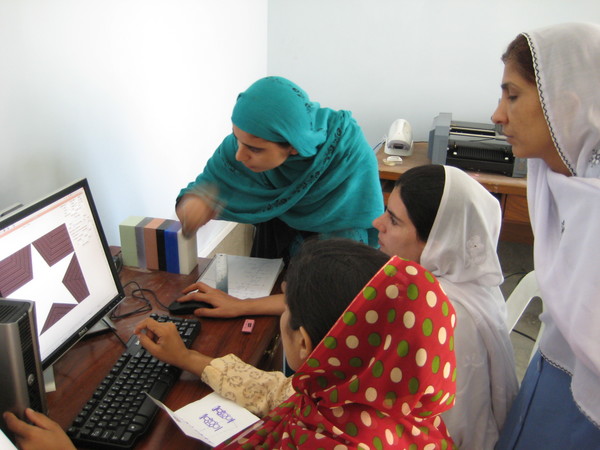
Unlike other aid programs this one cost the taxpayers exactly nothing. Not a dime of aid funding funded the FabLab; the equipment was provided by MIT and grad students from MIT and their geek friends (known as Fab Folk) self funded their way to Afghanistan to set it up. They came from as far away as South Africa and Iceland; it was remarkable to see and best yet they paid their bar bills on time and with cash.
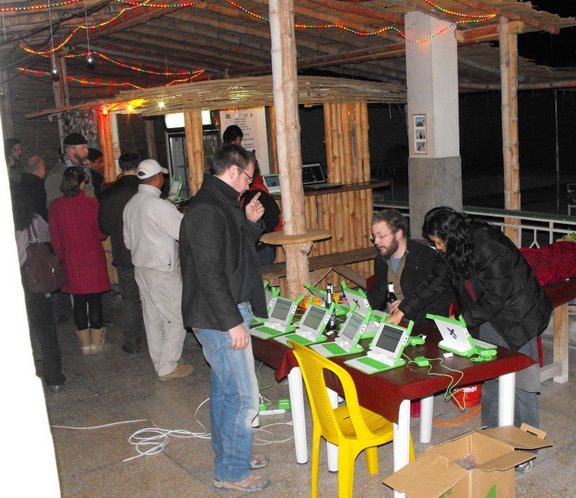
The Fab Lab equipment would have been of limited use without good internet conductivity which was installed by Baba Ken from Reachback.org. Ken supported a start up portable satellite antenna company into field testing their new Gatr ball system to Taj, to determine how long this portable system would function in a remote location. A government agency based in the Fort Washington Facility donated the 15k a month worth of fat pipe bandwidth (they too were interested in seeing how long and at what capacity the system would last). FRI provided the expertise to get all this gear through customs (for a mere 200 buck bribe) and delivered to Jalalabad and (as we did with all our guests at the Taj) Shem Klimiuk and I provided security for the internationals who came to work on the project.
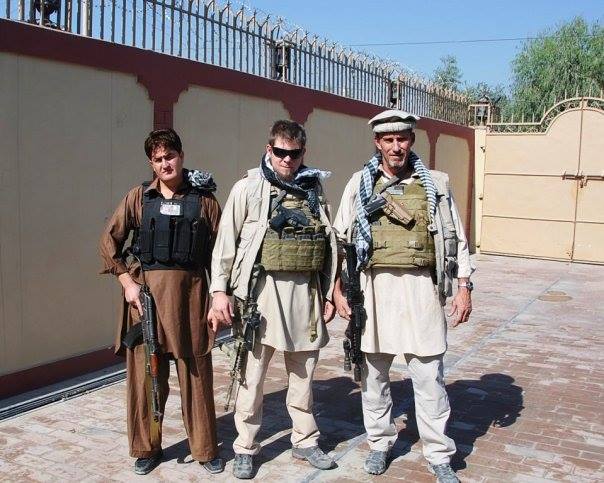
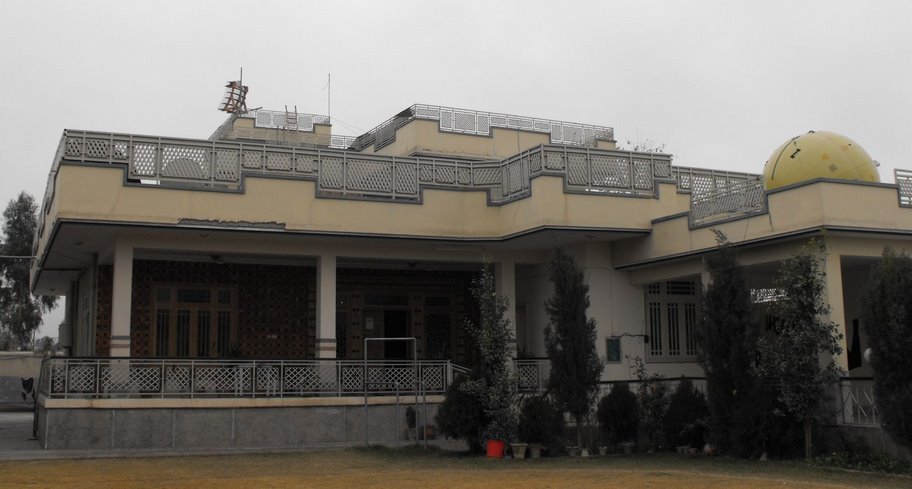
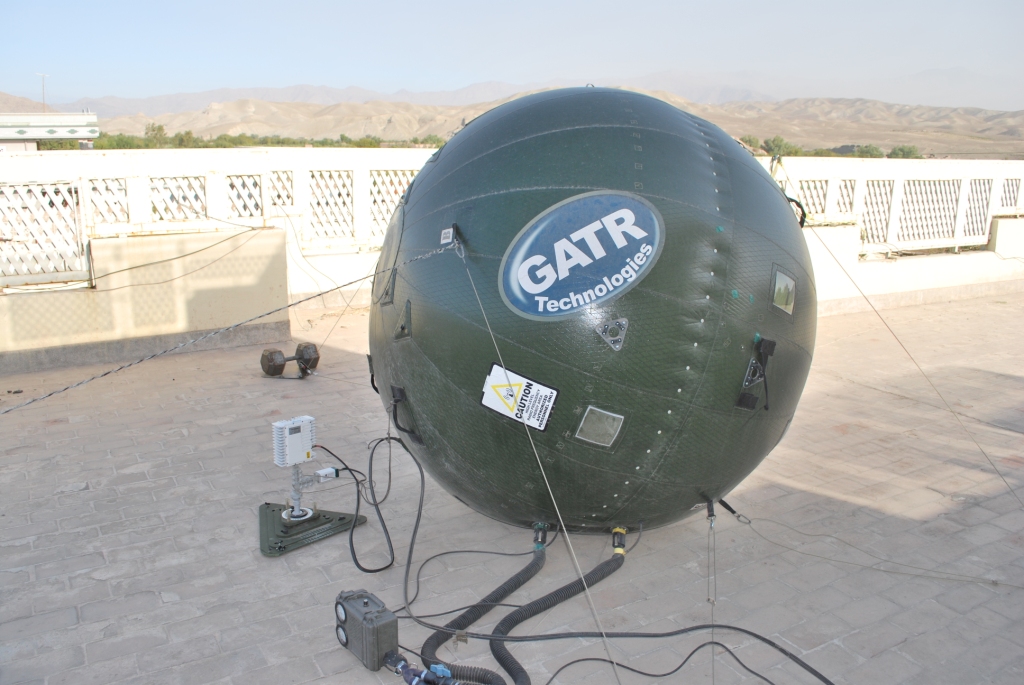
Their story is remarkable, inspirational, but never gained any traction despite being told in the pages of this blog and featured in an excellent interview by NPR of Dr. Amy Sun, who introduced the Fab Lab to Afghanistan. Listen to the interview; you’re not going to believe what they accomplished without the help or support of the US Government or any other international aid organization.

The Jalalabad Fab Lab was unable to generate the donations required to continue operations and I believe that is because the success was counter- narrative. While NATO was spending millions and millions of dollars developing the”virtual silk road” the universities and teaching hospitals in Jalalabad had lightening fast internet provided free of cost by the Fab Folk and Baba Ken’s Jbad Geek squad (not pictured in this blog for security reasons).

When dealing with the narrative we have to judge what we know to be true before speculating on anything else. What we know to be true is that the most effective cyber aid program in Afghanistan came about in the exact same manner as America’s current oil boom – despite, not because of the government. It was an effective grass roots movement that ultimately died because the Fab Folk were unable to attract organizations like the Gates foundation to sustain it and they did try that source and many others.
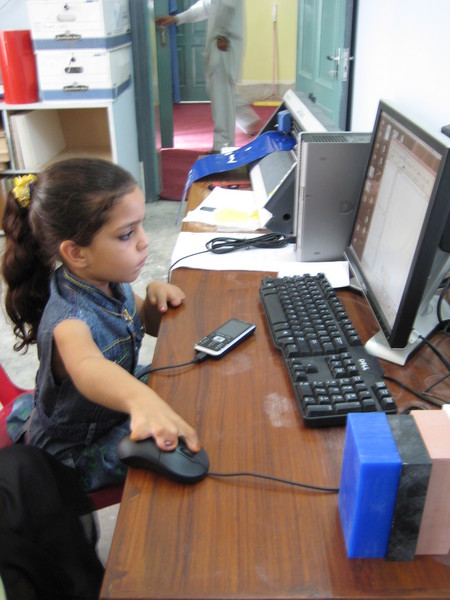
These pictures and this story were once a source of great pride for those who participated in this noble effort. Viewing them now brings a sense of ennui. Baba Ken, Dr. Dave Warner of the Synergy Strike Force and Dr. Amy Sun were told over and over what they were doing could not be done. They took huge risks to prove it could be and did so because they wanted to help and knew their skill set could bring much needed technical education and resources to the Afghan people. But they had no connections in the halls of power and it seemed to me the last thing that the US government agencies deployed to Afghanistan wanted to see was people doing what they themselves contended could not be done. The ruling class and their technical experts hate being proven wrong.

The boys pictured above, if they are still alive, are in the fight now; on one side or the other. They wanted to be in university, they wanted a chance to live a productive life. What the can you say to them now? Sorry just doesn’t seem to cut it.
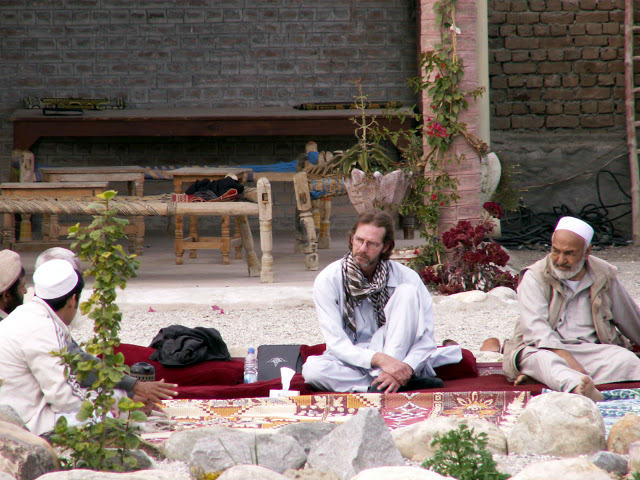
I’d like to report how this story ends but I cannot do that without your support. If you can please consider a donation to the Baba Tim Go Fund Me page in support of accurate reporting from the front lines.


